When “The Matrix” hit theaters at the turn of the millennium, it was a revelation. Though several films in the 90s had attempted to reconcile the growing relationship between mankind and technology, none captured the strange, transcendent, frightening, yet life-affirming exploration of “The Matrix.”
In a way, the plot is simple and timeless. An average man discovers the world is not really as it seems. Upon investigation of these discrepancies, he is thrust into an unfamiliar environment where he must battle inhuman forces and discover his true power in the process. As a film steeped in the history of technology, religion and mystic thought, there are countless allusions, symbols and references baked into the film that evade the eye. Furthermore, there are many facts you may not know about “The Matrix.”
Unlike many movies with the same sci-fi approach, “The Matrix” and its directors, The Wachowskis, put in years of work, research and brainstorming over how to properly invoke a techno-spiritual ascendancy without losing audiences in the complexity. Nevertheless, they accomplished this arduous task. In the process, they created a new template for high-level sci-fi genre films and books, opened audiences up to new avenues of thinking applicable to a quickly changing world of technology and innovation, and left a sizeable imprint on the future of culture. In this article, we will explore 25 facts you may not know about “The Matrix.” (For other science fiction classics, discover the 20 best sci-fi films of all time.)
To compile a list of 25 facts you may not know about “The Matrix,” 24/7 Tempo consulted a range of entertainment and film sources including IMBD.com, Esquire Magazine and CNET.com. Next, we selected facts about the film that shed the most light on the film-making process and the symbology contained therein. After that, we confirmed aspects of the facts using IMDB.com and Matrixfans.net.
Keanu Reeve’s Weightloss

One of the facts you may not know about “The Matrix” is the physical transformation actor Keanu Reeves underwent to play Neo. To accomplish one of the early scenes in the movie where he wakes up in a pod full of goo, Reeves lost 15 pounds. Furthermore, his entire body was shaved to give him the infant-like look a person who spent their entire life in a hermetically-sealed pod would have.
Pod Consequences
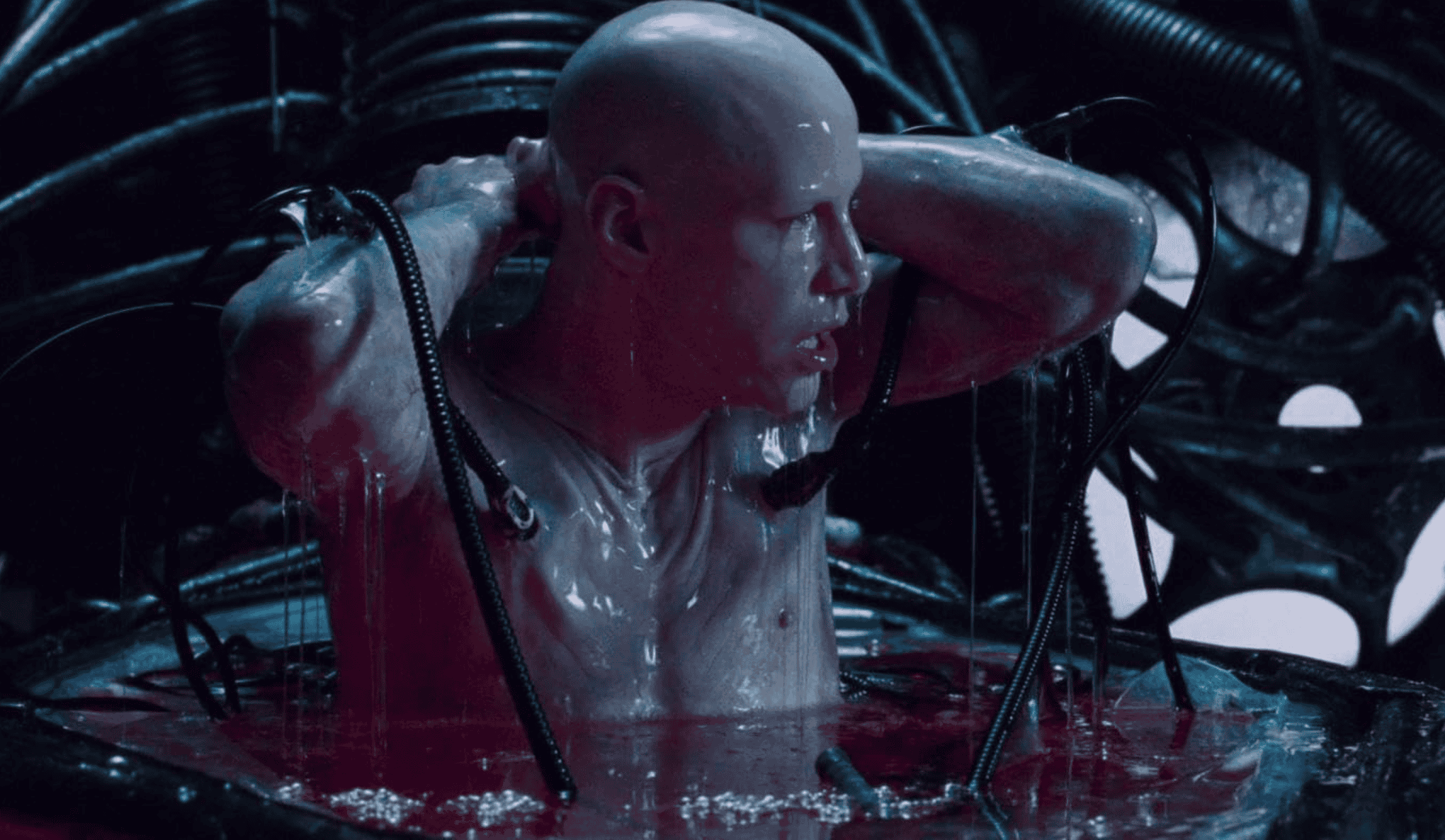
Another one of the facts you may not know about “The Matrix” concerns the pods shown early in the movie. The crew designed the pods to appear dirty, used and “sinister.” When testing the breathing mechanism of people in the pods, however, the tester became hypothermic in under eight minutes. In response, the crew heated the pods.
Color-Coding

A lot of thought went into the color coding of “The Matrix.” All scenes taking place in the Matrix feature a green tint, resembling an old-school computer interface. All scenes in the real world feature a more blue tint like the sky. The fight scene between Morpheus and Neo, however, features a yellow tint. That’s because it takes place neither in the Matrix nor in the real world.
Philosophy
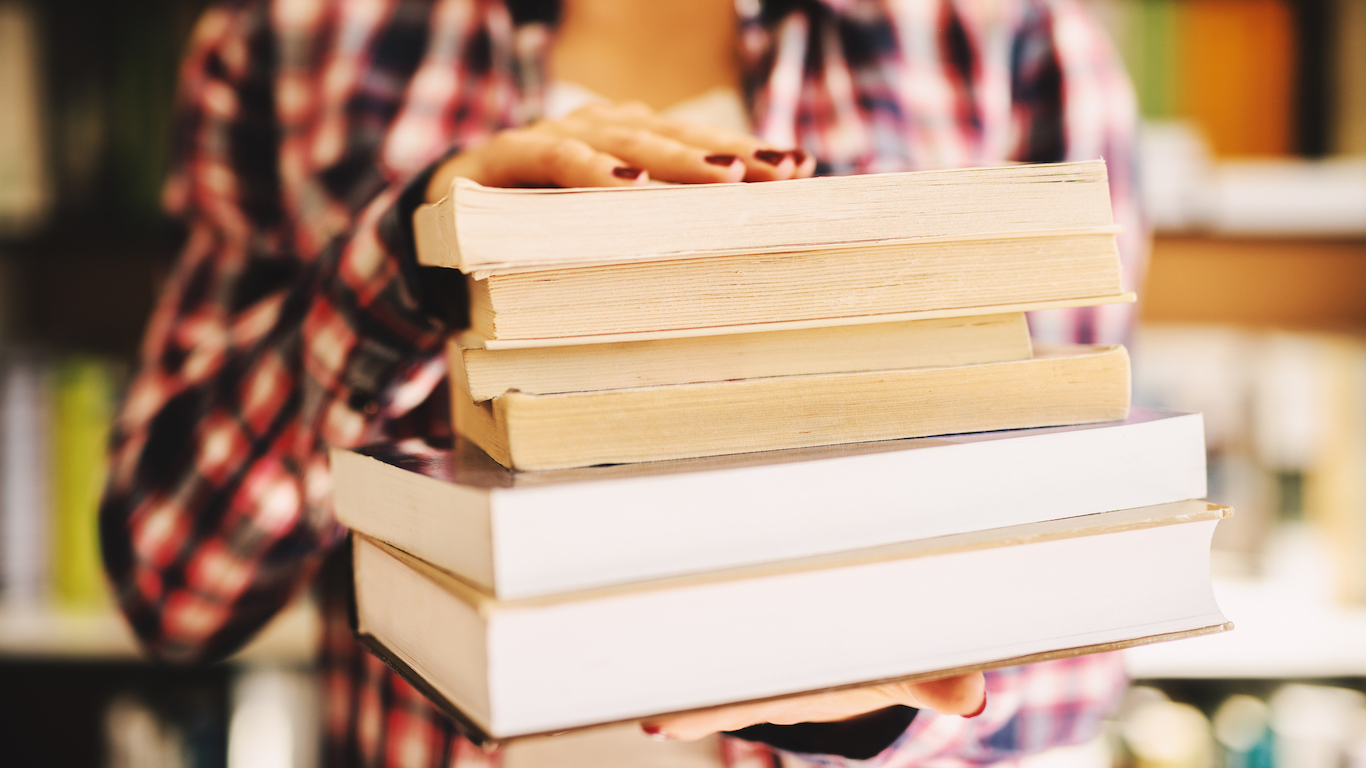
The Wachowski Brothers gave the lead actors several dense treatises to help them understand the philosophy behind the film. These included “Simulacra and Simulation” by Jean Baudrillard, “Out of Control” by Kevin Kelly and “Introducing Evolutionary Psychology” by Dylan Evans. While Keanu Reeves said it helped him understand the nuances behind the film’s meaning, actress Carrie-Anne Moss found the reading list difficult. Furthermore, the film makes direct references to several quotes from Jean Baudrillard’s “Simulacra and Simulation,” which explores the effects of simulation and hyperreality on human consciousness.
Neo’s Lack of Kicks

Another one of the facts you may not know about “The Matrix” involves how the film crew adapted to Keanu Reeve’s injuries. Before making the film, Reeves endured a two-level fusion of his cervical spine, causing partial paralysis in his legs which required further neck surgery. While he rose to the occasion, even requesting training on his days off, stunt coordinator Woo-Ping Yuen adapted his training to mostly punches. As such, Neo barely kicks enemies in the film’s fight sequences, opting instead for a series of punches or lighter bodywork movements.
A Labor of Love
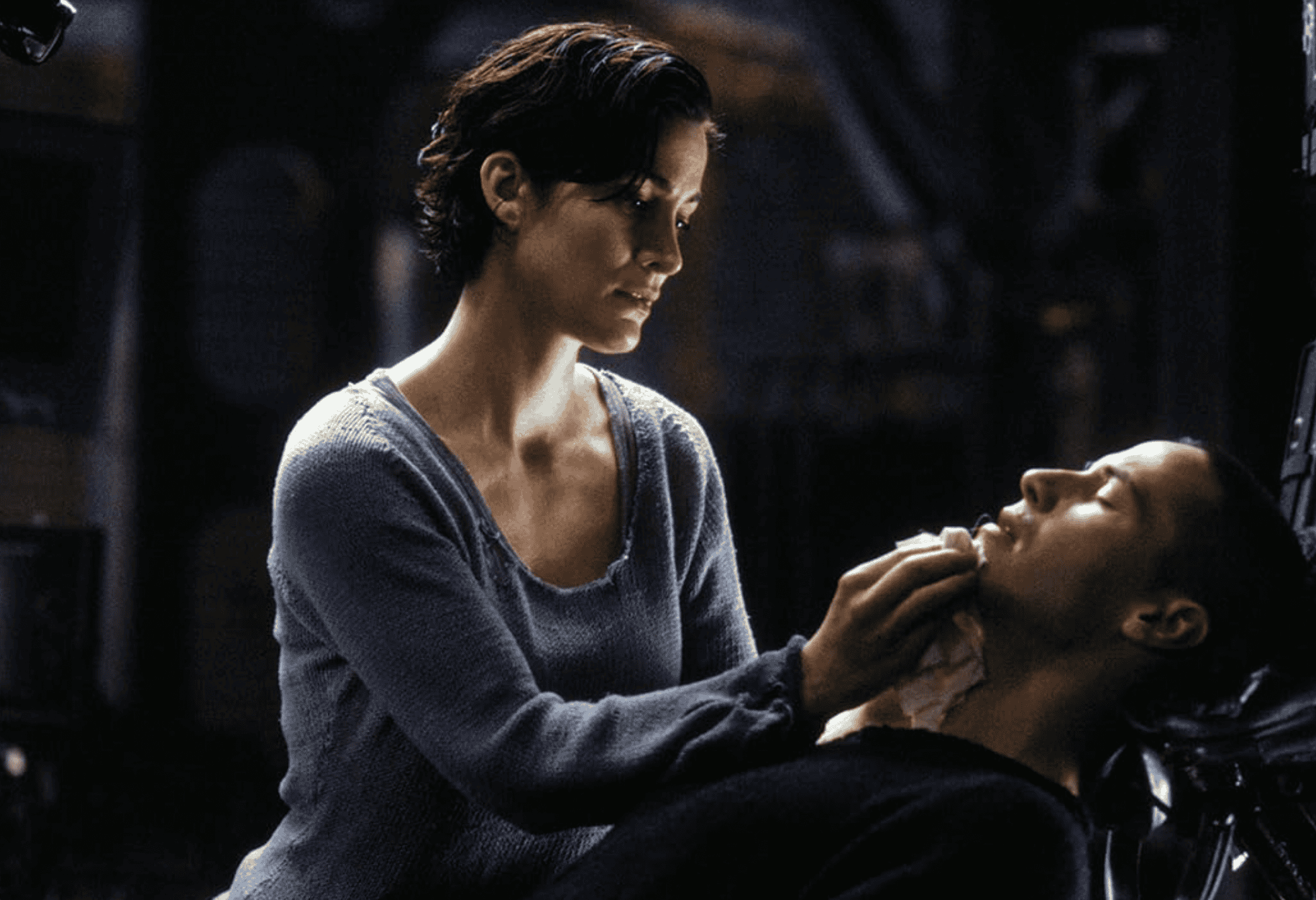
You might be surprised to learn just how long it took for the Wachowski Brothers to bring their idea for “The Matrix” to fruition. Over five years, the brothers worked through fourteen separate drafts of the screenplay. While studio executives loved their vision, they failed to see how it could be captured on screen. In response, the Wachowski Brothers hired illustrators Steve Skroce and Geoffrey Darrow. They created over 600 storyboards. Once the studio executives saw the bold vision visually articulated, they immediately green-lit the film.
The Language of “The Matrix”
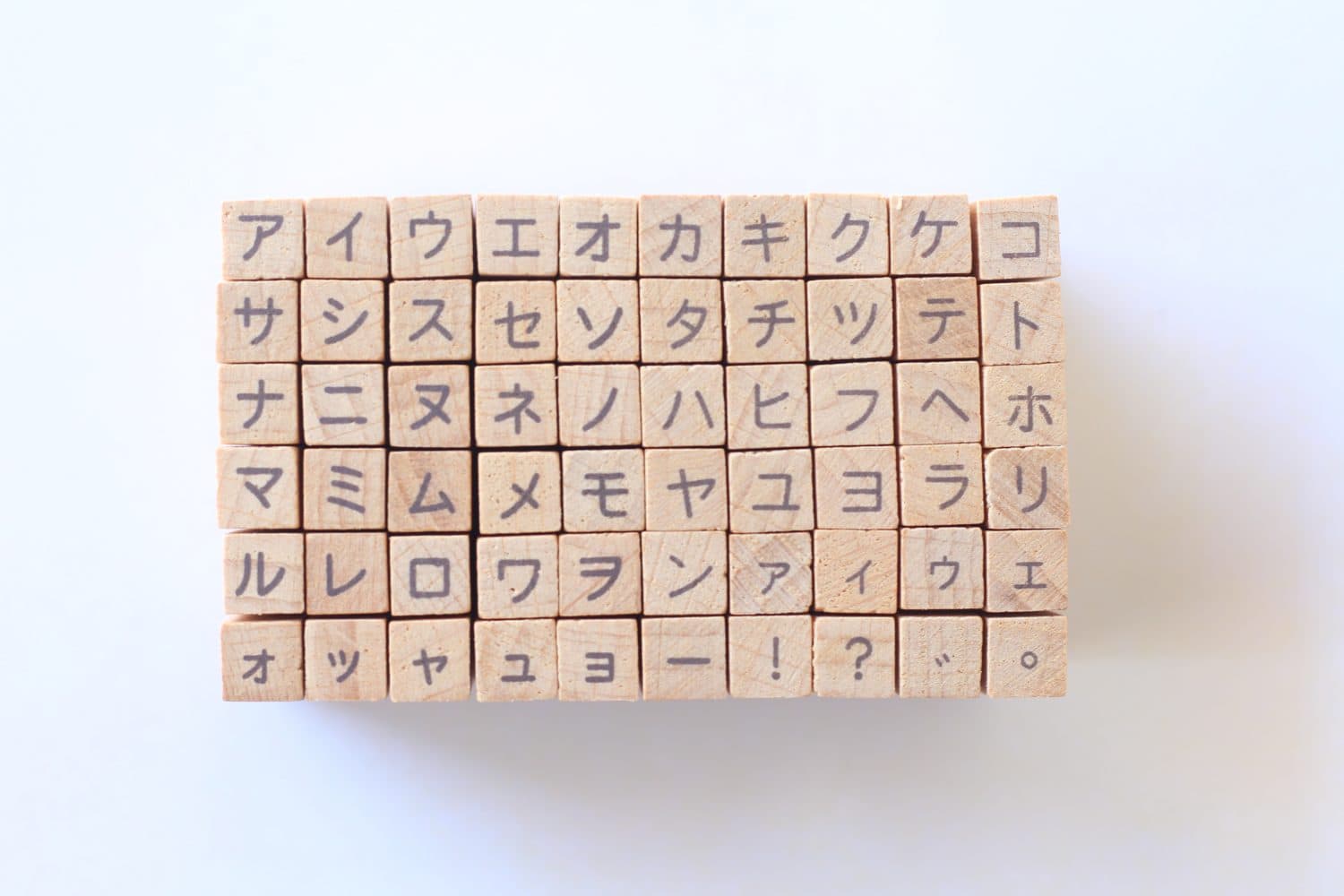
Another one of the facts you may not know about “The Matrix” concerns the unique language and pictorial glyphs featured heavily in the movie. Save for visuals of the call traces, all the glyphs seen on computer screens consist of numbers, mirrored letters and the Japanese Katakana writing system.
Sushi Inspiration
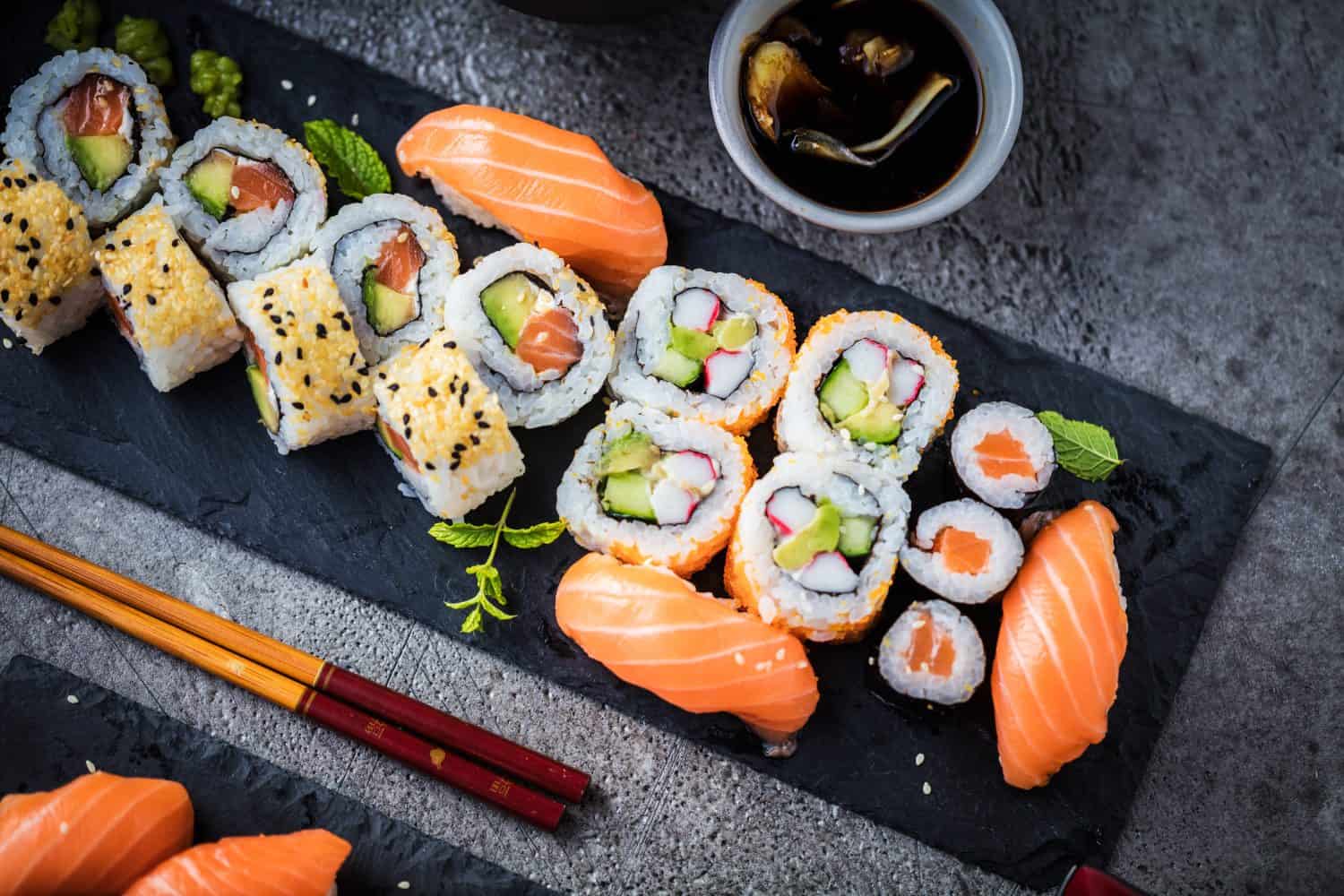
While the aforementioned entry describes the makeup of the unique Matrix computer code language, its providence is even more surprising. According to IMDB, the production designer created the futuristic-looking code by scanning pages from his wife’s sushi recipes in a cookbook.
Cost-Cutting Down Under

Another one of the facts you may not know about “The Matrix” involves the film’s shooting locations. The film’s $60 million budget was made possible by shooting the film entirely in Australia. If the crew chose American locations, the film’s budget would have ballooned to $180 million, making it unfeasible. Nevertheless, location scouts could not find many run-down American-style locations in Australia. In response, the production team created many of the roughshod environments, such as graffiti-splattered alleys and run-down industrial neighborhoods, from scratch.
Morpheus’ Ship

The name of Morpheus’ ship, the Nebuchadnezzar, references King Nebuchadnezzar II of Babylon, as described in the Bible’s Book of Daniel. While best known for his historic conquests of Isreal and the building of the Hanging Gardens of Babylon for his wife, the great King also suffers from cryptic dreams. Though he can’t find answers to their meaning, he keeps searching. As such, Morpheus’ ship bears his name to reflect those seeking to escape the Matrix, freeing their minds and finding answers in the process.
The Blue Pill
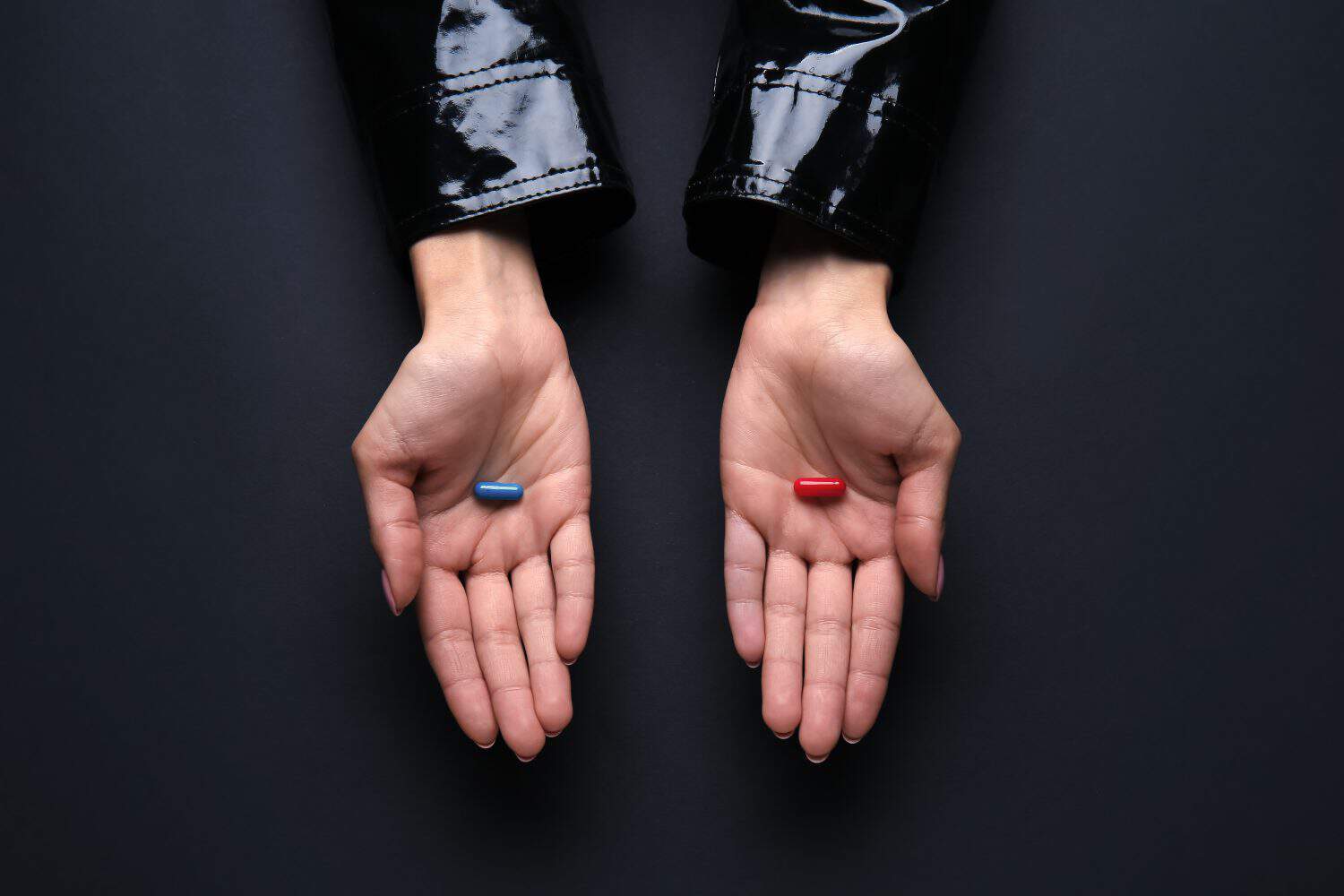
Another one of the facts you may not know about “The Matrix” concerns the metaphorical pills Morpheus offers to Neo. As Morpheus says, the red pill reveals the truth about the Matrix while the blue pill wipes your memory and returns you to your former life. Ironically, the Wachowski Brothers said in an interview that they would both take the blue pill if given the choice.
The Tonal Matrix
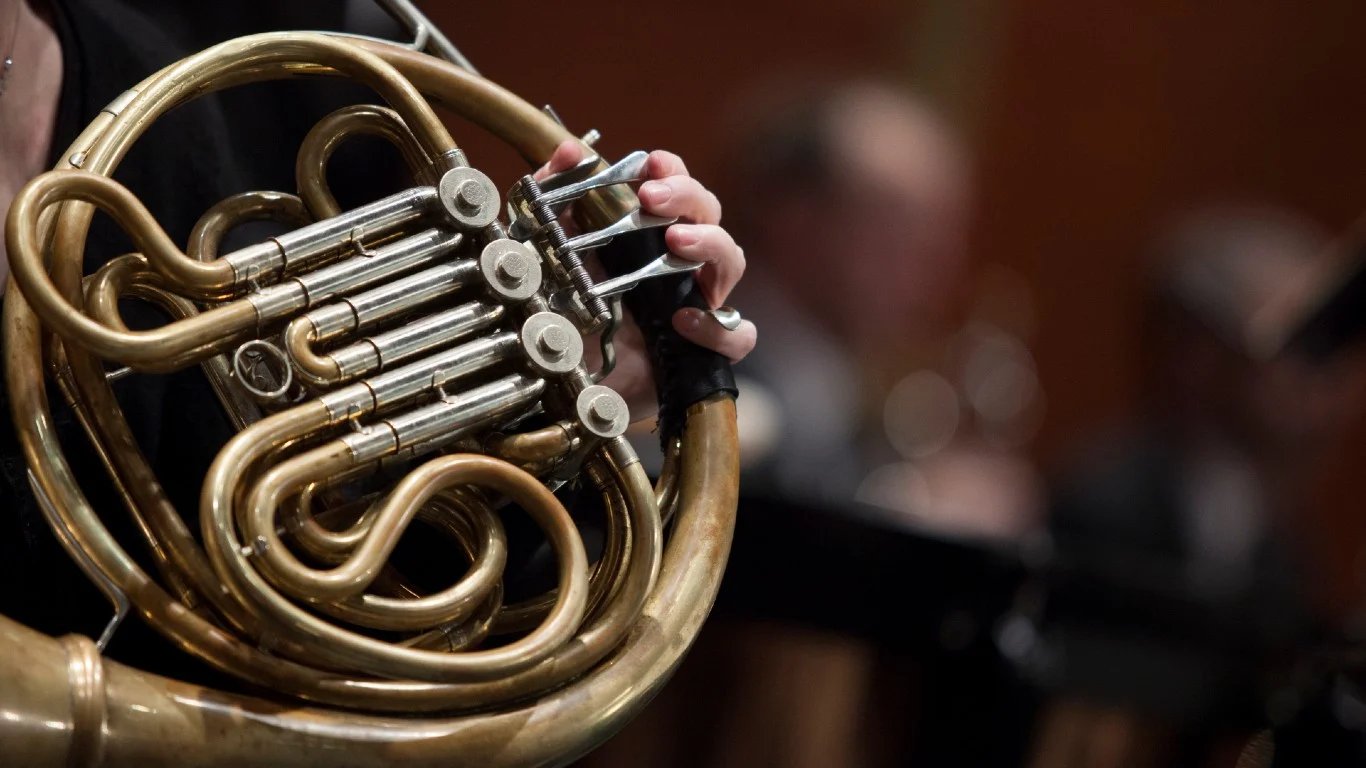
As mentioned previously, the Wachowski Brothers put an incredible amount of work and thought into the film’s story, its appearance on screen and the symbolism within. This extended to the film’s score as well. The beginning theme of strings and horn blasts starts in the key of E minor for “The Matrix.” In the sequels, the same theme arises. For “The Matrix: Reloaded,” it ascends a full step to F-sharp minor. For the subsequent film, “The Matrix Revolutions” the theme ascends another half step to G minor.
Anime Inspiration

Another one of the facts you may not know about “The Matrix” involves just how much inspiration the Wachowski Brothers took from Japanese anime. The directors credited the films “Ninja Scroll,” “Akira” and “Ghost in the Shell” as direct influences. Furthermore, the directors described their intentions for the film by showing producer Joel Silver various animes, stating “We wanna do this for real.”
Chicago Streets

“The Matrix” includes subtle but pervasive references to Chicago. Examples include street corners in the film, such as “Wells and Lake,” and a subway featuring signs saying “Loop.” These are subtle nods to the Wachowski Brother’s hometown of Chicago, Illinois.
The Maternal Matrix
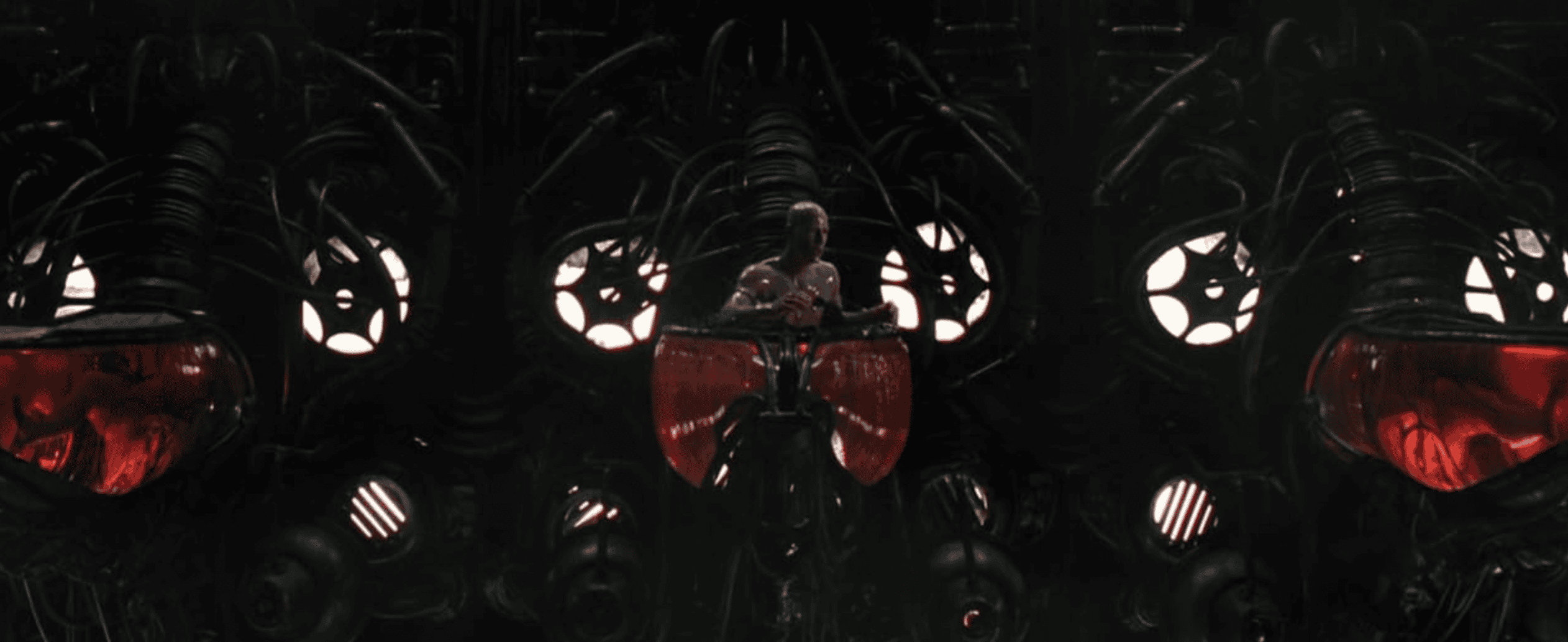
Another one of the facts you may not know about “The Matrix” concerns the exact meaning of the film’s title. As the directors put extensive thought into the film and its message, they chose the word “matrix,” which means “womb” in Latin. This refers both to the computer-generated artificial world of “The Matrix” and the pods, which cocoon human bodies and harvest them for bioelectric power, much like a womb.
Know Thyself
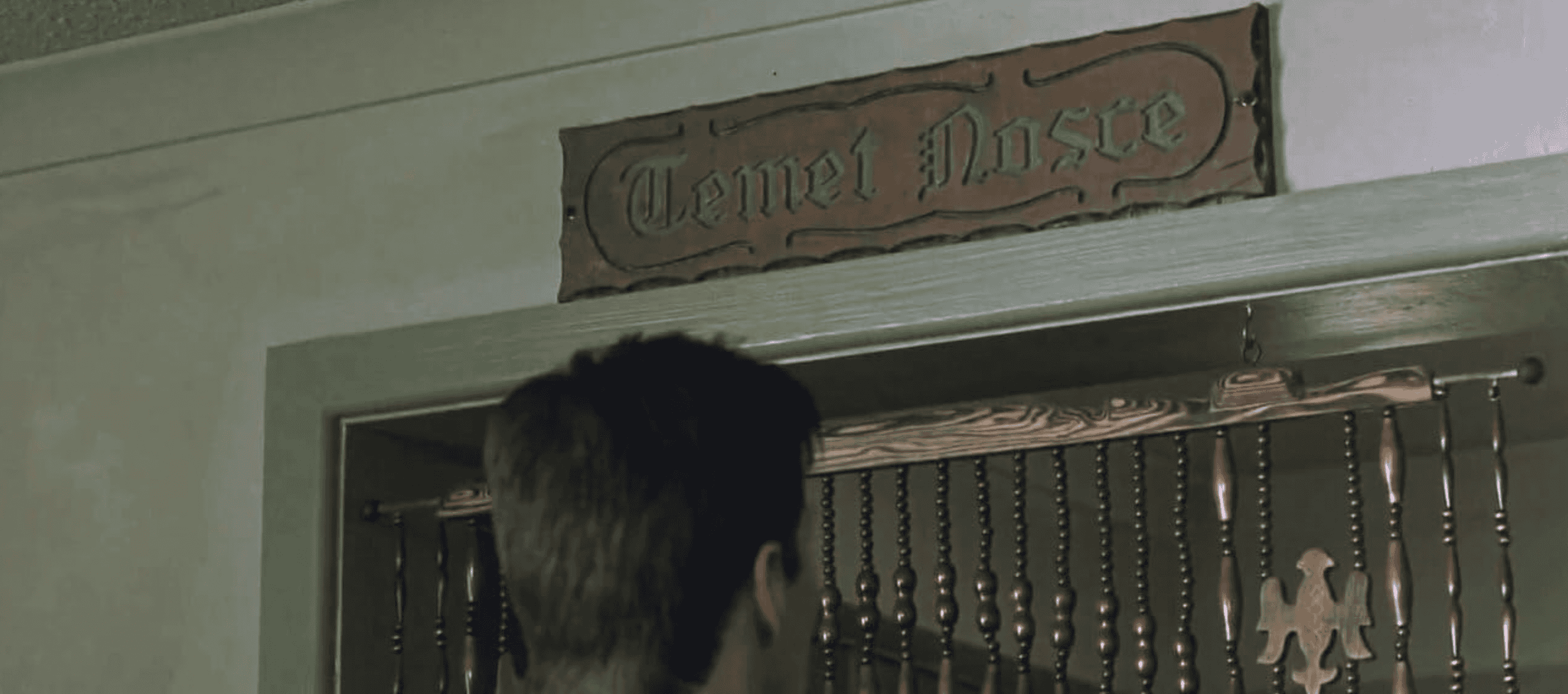
The Matrix meaning womb isn’t the only explicit Latin reference in the film. When Neo visits the Oracle, the viewer is greeted by the Latin phrase “Temet Nosce” in her kitchen. In Latin, this means, “know thyself.” Furthermore, the phrase appeared above the real entrance to the historic Oracle at Delphi in Ancient Greece. Much like the Oracle at Delphi, the Oracle in the film provides prophecies about individuals’ futures that function in strange ways. This means that the prophecies are often expressed cryptically, implying meaning in one direction when the future plays out in the exact opposite direction as espoused by the Oracle. (For other classic movie quips, discover 17 of the most legendary movie lines of all time.)
Foretelling Futures
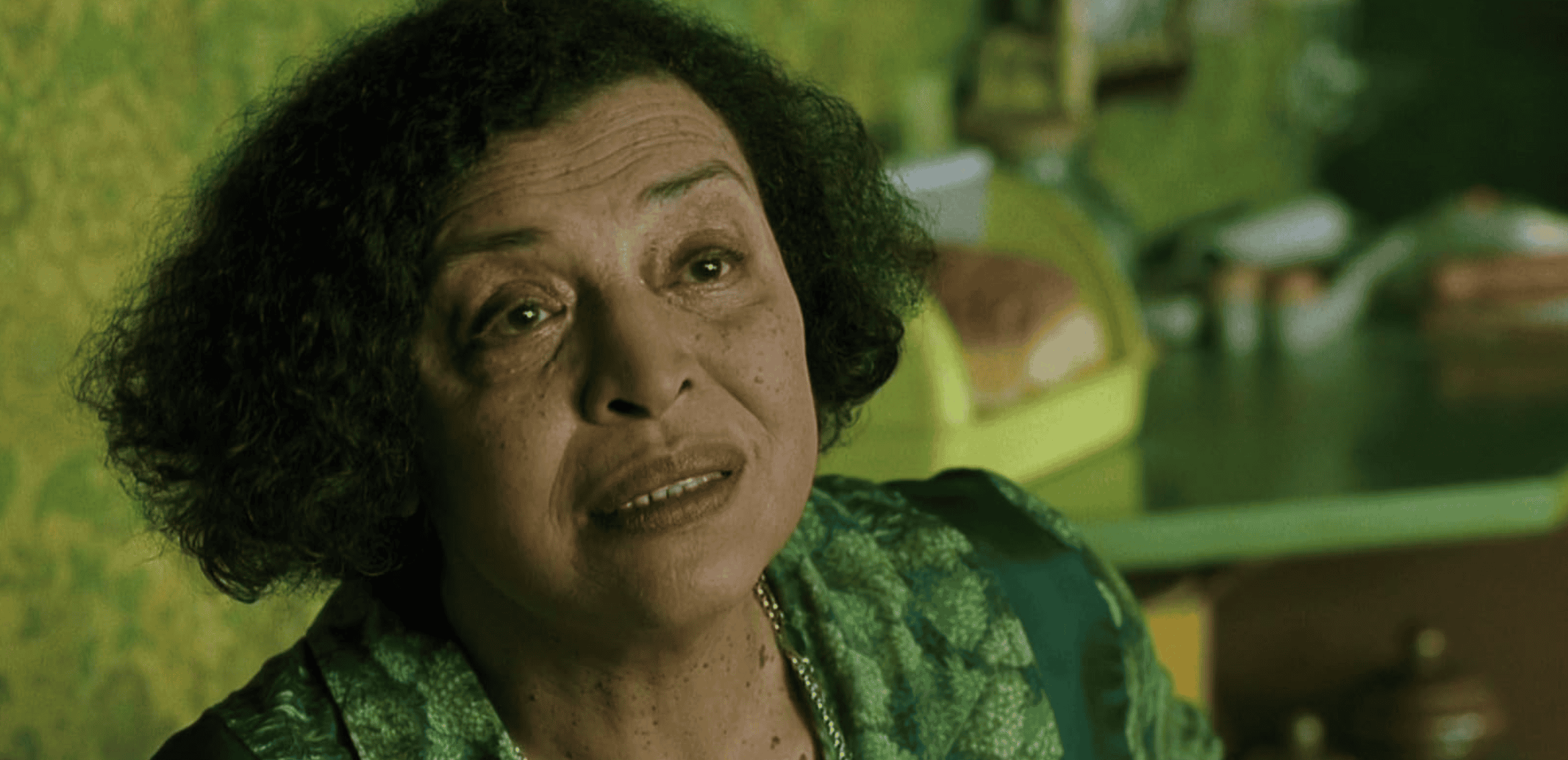
While the technology show in “The Matrix” seemed like a pipe dream at the time, the future has caught up to the film’s bold vision. In 2016, researchers at The Defense Advanced Research Projects Agency (DARPA) made advances in Targeted Neuroplasticity Training. This involves the use of electrodes planted at the base of the neck, which allows electric impulses to influence people’s neurotransmitters. While it purports to help agents learn complex information like languages quickly, it eerily resembles the training program plugged into Neo’s brain in the film.
Man vs. Machine Effects

Another one of the facts you may not know about “The Matrix” concerns the creation of the infamous Neo interrogation scene. To accomplish it, the crew used a prosthetic stomach to show agents infecting Neo with a robotic bug. Furthermore, a remote-controlled device activated the bugs’ squirming tendrils inside the stomach. The bug itself, however, was a combination of Computer-Generated Imagery (CGI) and an animatronic.
The Men Who Would Be King
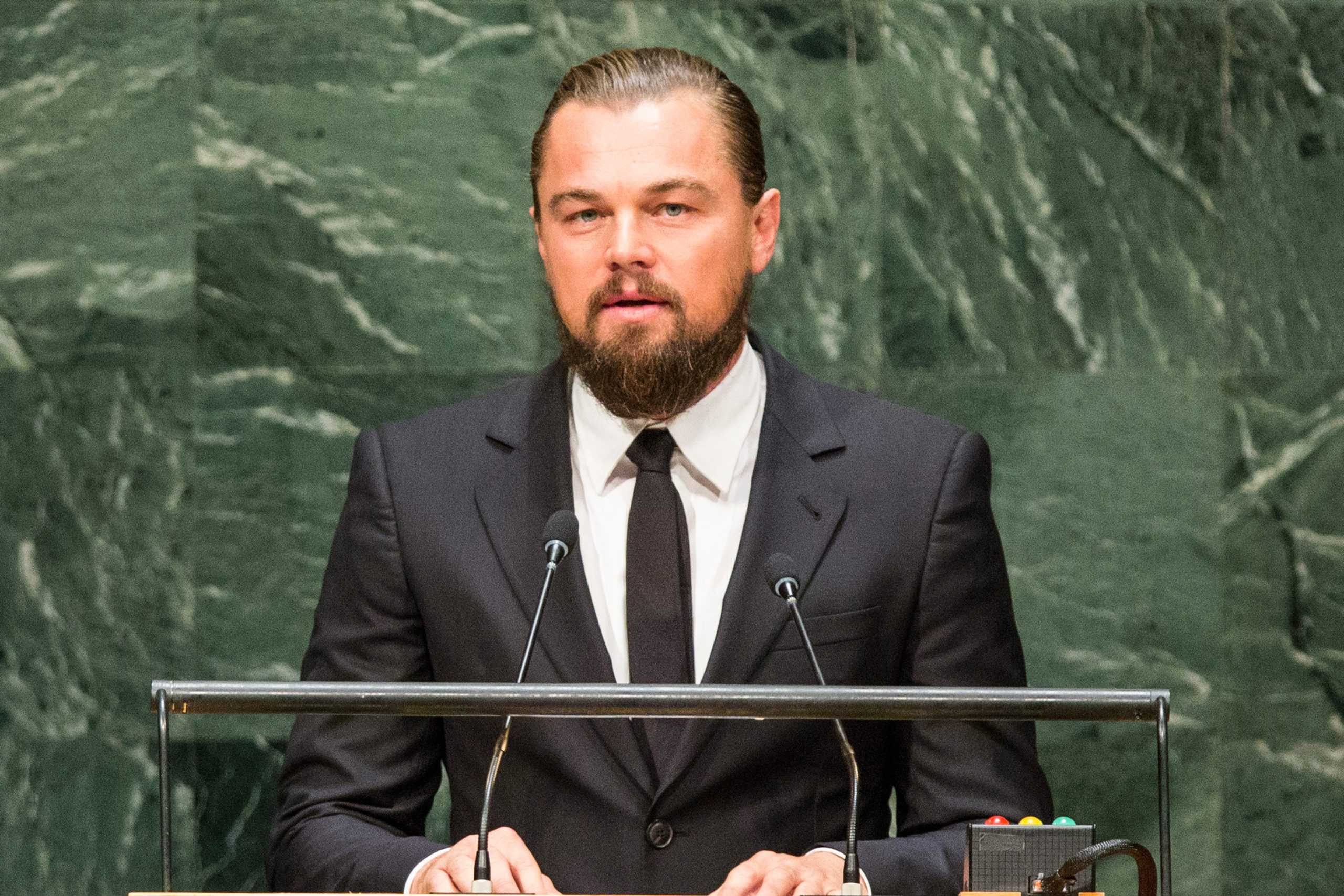
Another one of the facts you may not know about “The Matrix” involves how many famous actors either lobbied for or were considered for the titular role of Neo. Both Leonardo DiCaprio and Will Smith turned down the role, with DiCaprio citing a lack of understanding of the film and Smith preferring to work on other movies instead. David Duchovny also turned down the role, opting to star in “The X Files” movie. Meanwhile, actor John Cusack lobbied hard for the role of Neo, though it was eventually awarded to Keanu Reeves.
Christian Symbolism
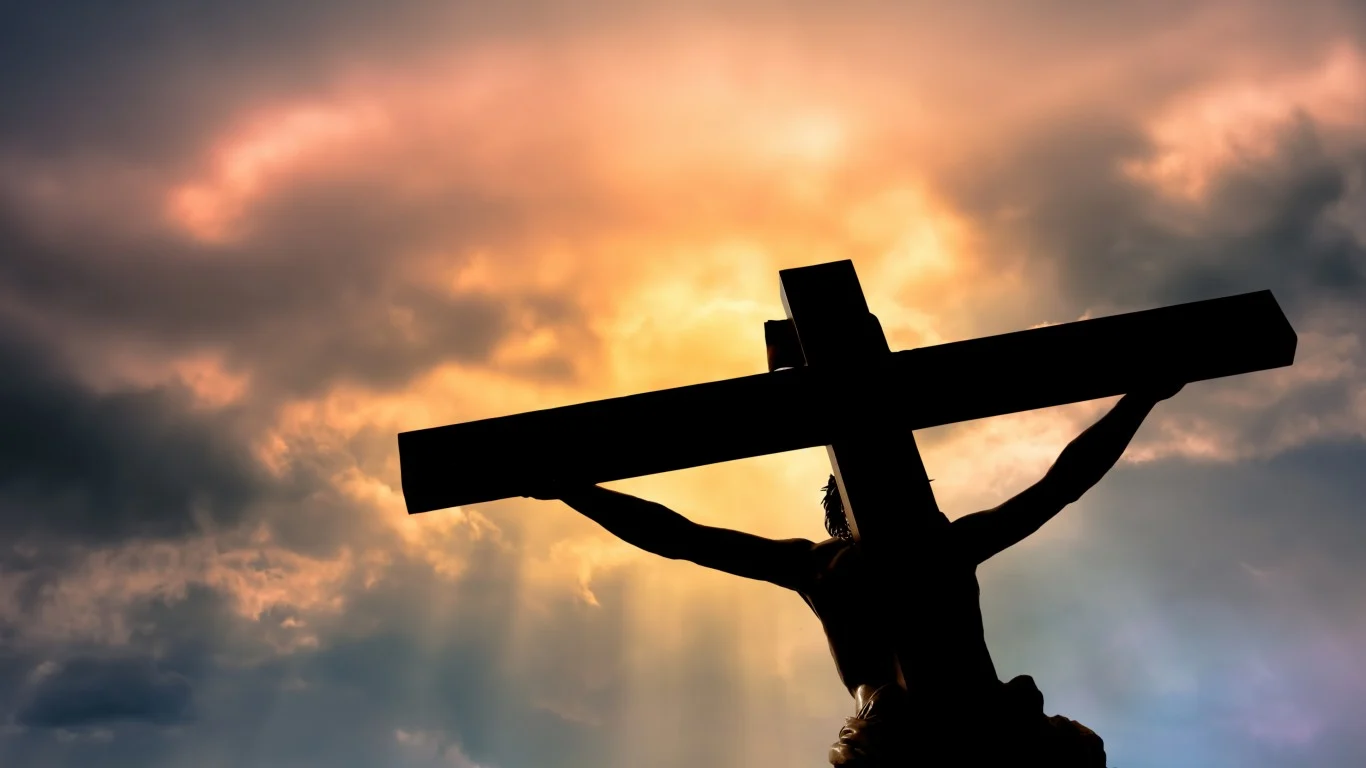
“The Matrix” involves the heavy use of Christian symbolism. Firstly, Neo features heavy illusions of Jesus Christ, and his partner Trinity alludes to the Holy Trinity. Furthermore, Neo’s name before being crowned “the one” is Mr. Anderson, which refers to the “son of man.” Morpheus’ ship also alludes to the bible via its name. The inscription on the ship says “Mark III, No. 11.” This may be a reference to the book of Mark 3:11, which states, “And whenever those possessed by evil spirits caught sight of him, they would fall down onto of him shrieking, ‘You are the Son of God!'”
Good Luck Ritual
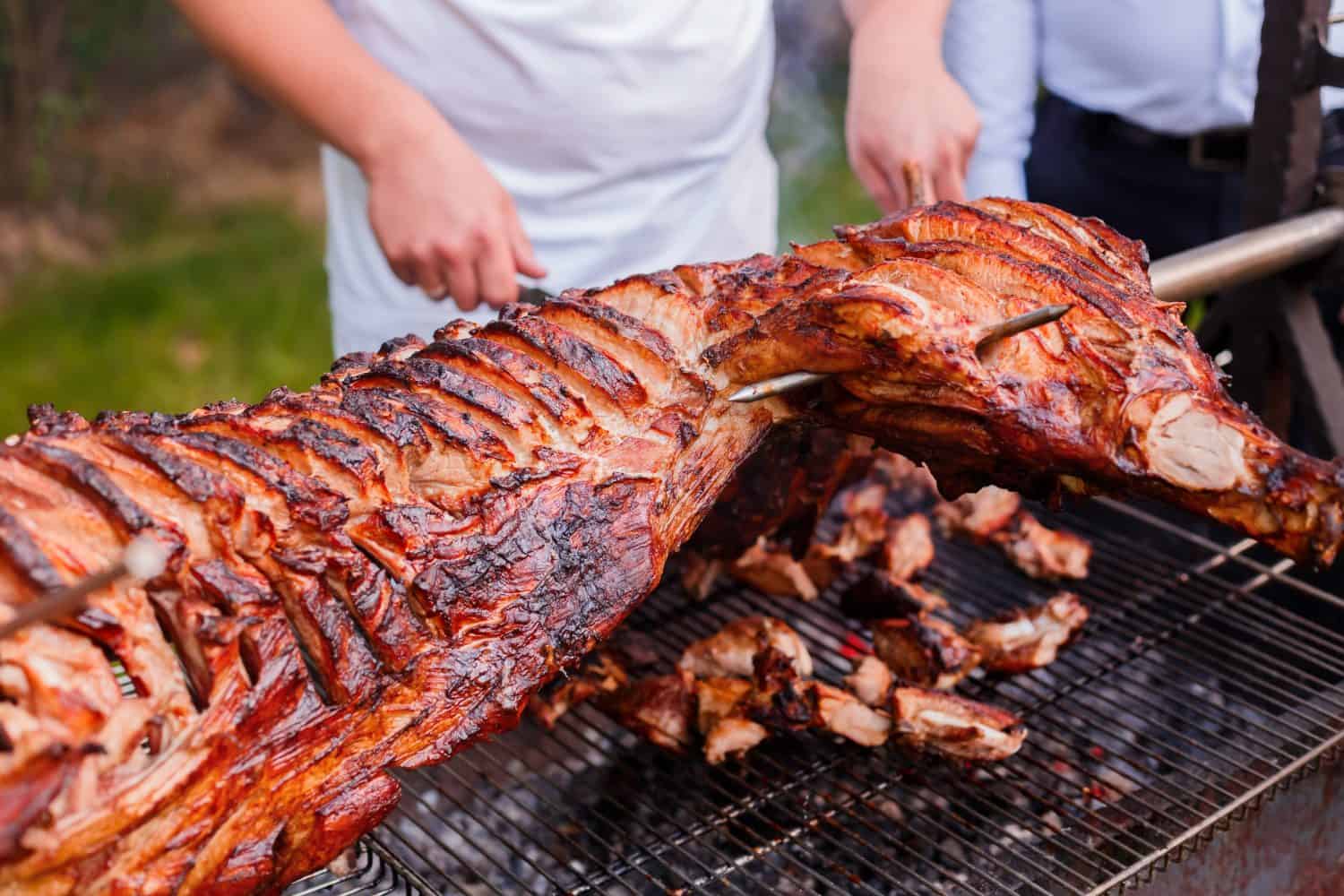
Considering the heavy use of religious, mystical and even magical themes in “The Matrix”, it’s perhaps unsurprising that it extended to the production of the film as well. To imbue the production with good fortune, stunt coordinator Yuen Woo-Ping and his crew performed a Chinese ritual, which included roasting a pig, on the first day of principal photography. As evidenced by the film’s unbridled success which spawned multiple sequels and its heavy imprint on culture in the 21st century, the ritual seemed to work.
Stuntman Sacrifices

Another fact you may not know about “The Matrix” involves how many injuries stuntmen suffered to bring certain scenes to fruition. In the scene where Neo slams Agent Smith into the subway tunnel ceiling, Keanu Reeves’ stunt double Chad Stahelski received broken ribs, broken knees and a dislocated shoulder. What’s more, another stuntman suffered injuries in the scene where Neo is slammed into a booth.
Bullet Ripples

Another one of the facts you may not know about “The Matrix” concerns the imagination used to create the film’s unique sound effects. According to co-director Lana Wachowski, sound designer Dane A. Davis attached bullets to strings and whipped them around his studio to create the slow-mo bullet ripple effects. Furthermore, Davis made digital copies of raindrops hitting windows for the sound of the Matrix computer code.
Laconic Neo

You may not have noticed just how little the main character Neo speaks in “The Matrix.” Before the character’s penultimate speech, he never says more than five sentences in a row. Furthermore, in the first half of the film, 44 of Neo’s 80 lines are questions.
The God of Dreams

Much has been said about “The Matrix” and its heavy use of Greco-Roman and Christian symbology. The most apparent one, however, is Morpheus’ name. In Greek Mythology, Morpheus is the god of dreams. Ironically, in the film, Morpheus is the character who “awakens” characters from the Matrix dream state. You may also recognize the word Morpheus for its use in the opiate-based drug Morphine, which lulls users into a semi-dream state. (For other classic movie trivia, discover 25 facts you may not know about “Pulp Fiction.”)